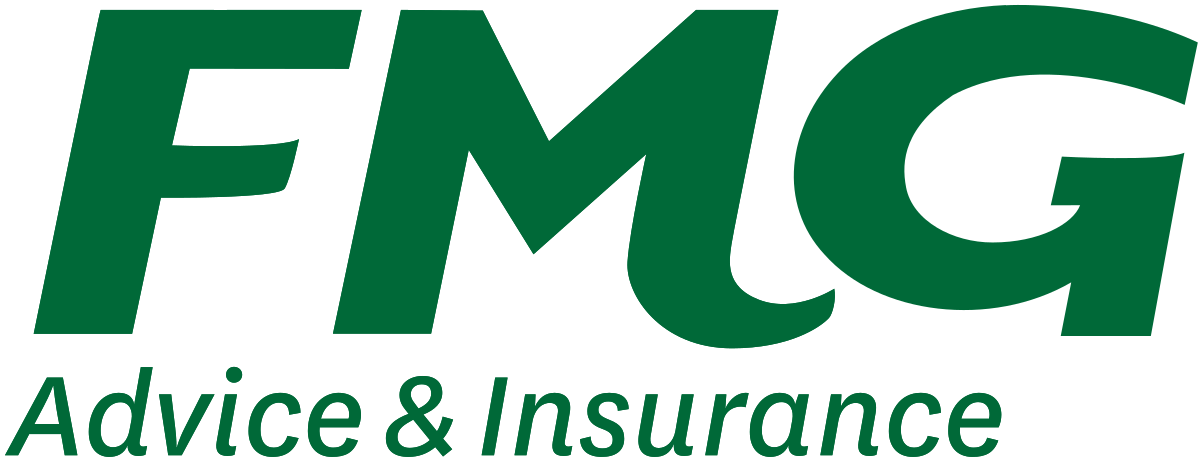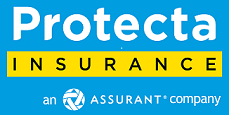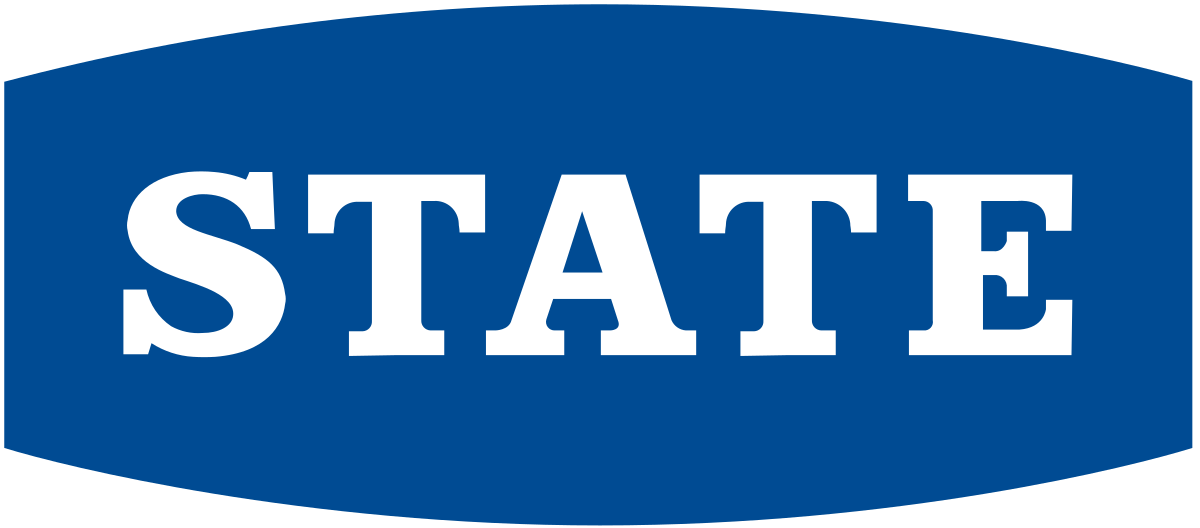What does it mean to buy with “cash”?
Buying a car with cash means paying for the entire cost of the vehicle upfront using your own funds, typically in the form of physical cash, with a debit card, a cashier’s check, or a bank transfer. In this scenario, there is no involvement of financing through loans or credit.
Purchasing a car with cash is a straightforward and transparent method of acquiring a vehicle, but it requires having sufficient funds available. It is a common choice for those who prefer outright ownership, want to avoid interest payments, or have the financial means to make a substantial one-time payment.
What does it mean to “finance” a car?
Buying a car on “finance” means acquiring the vehicle through a financing arrangement, commonly involving a loan or credit. Instead of paying the entire purchase price upfront with cash, the buyer borrows money to cover the cost of the car and then repays that amount, typically with interest, over an agreed-upon period.
Purchasing a car on finance is the only option for those who don’t have access to a lump sum of savings. And it’s a common option for those who prefer to manage their cash flow by making smaller, regular payments.
However, a car loan always incurs added fees and interest charges. Therefore it’s always important to carefully review the terms of the loan, including the interest rate, loan duration, and any additional fees, before entering into a financing agreement.
Buying with cash
Pros
No interest costs: when you borrow money to buy a car, you have to pay interest and, often, associated fees. These added payments can add thousands to the total cost of a car. By paying with cash, you avoid paying interest and any associated fees.
Sets a fixed budget: it’s easy to spend more when financing a vehicle purchase. Faced by a pushy salesperson, you might be tempted to go over your budget to buy a more expensive car, especially if the monthly repayments seem reasonable. When paying in cash, you have a set amount that you cannot go over, which can ultimately save you money.
Immediate ownership: when you purchase a car with cash, you own the car outright from the start (well, once you’ve filled in all the paperwork), providing you with immediate ownership and flexibility.
Cons
Reduced financial flexibility: paying with cash may deplete savings, limiting flexibility for emergencies or other financial goals.
Missed investment opportunities: if you can secure a low-interest car loan, it could free up your money for you to invest.
No credit building: a cash purchase doesn’t contribute to building or improving your credit history, which may be a consideration for those looking to strengthen their credit profile.
Buying with finance
Pros
Save your savings: purchasing a car with cash requires having a significant amount of money upfront. On the other hand, if you choose to finance, you only need a small initial payment. This allows you to keep more money in your bank account, providing financial flexibility for emergencies like car repairs or home maintenance.
No missed investment opportunities: buying a car with cash means putting all your money into something that loses value over time. Unlike houses or stocks that can increase in value, cars generally depreciate. If you use all your money for a car, you miss out on the opportunity to invest elsewhere and possibly make more money.
Purchase perks: car dealerships prefer buyers who can easily handle repayments and might offer them special incentives. If these incentives outweigh the interest costs, it could be a favourable choice. Typical offers include cashback rebates or unique financing options (though it’s crucial to monitor the overall cost).
Cons
Interest costs: financing involves paying interest, increasing the overall expense of the car.
Monthly payments: Committing to monthly payments can affect your budget and financial flexibility.
Ownership constraints and risks: until the loan is fully repaid, the lender holds a lien on the car, and there’s a risk of negative equity, potential repossession, and impact on credit score.
Looking for a Great Car Loan?
The table below displays some of the unsecured personal loan products available on Canstar’s database for a three-year loan of $10,000 in Auckland (some may have links to lenders’ websites). The products are sorted by Star Rating (highest to lowest) followed by company name (alphabetical). Use Canstar’s personal loan comparison selector to view a wider range of products on Canstar’s database. Canstar may earn a fee for referrals.
Compare car loans with Canstar
Will I get a better deal by paying cash?
The simple answer is: it depends.
Paying with cash has its advantages, as it helps you avoid interest charges, saving money right from the start. However, car finance is a lucrative addition for many dealers, who earn upfront fees and, in some cases, ongoing interest revenue. From a car salesperson’s perspective, a buyer paying cash and driving off may be less profitable, potentially leading to less willingness to offer discounts due to reduced margins.
Unaffordable car loans can contribute significantly to financial hardship. For this reason alone, if you have the funds to pay for a car outright, it can be a wise decision.
Compare Outstanding Value Car Insurance with Canstar
Looking for great value car insurance for you and your family? Each year, we release our car insurance awards, including winners for Insurer of the Year, Outstanding Value, and Most Satisfied Customers. As part of our award results, we also publish our Outstanding Value Star Ratings, covering car insurance for different age groups. Below are our top rated providers in the 30-49 driver category. Click here to view our complete car insurance Star Ratings for all age groups.
Comprehensive Cover: 30- to 49-year-old Driver:
| Provider | Star Rating |
 |
|
 |
 |
 |
 |
See here for our ratings methodology. The table above is an abridged version of our research. For the full results of our latest Car Insurance Ratings and Award, click here.
About the author of this page
This report was written by Canstar Content Producer, Caitlin Bingham. Caitlin is an experienced writer whose passion for creativity led her to study communication and journalism. She began her career freelancing as a content writer, before joining the Canstar team.
Enjoy reading this article?
You can like us on Facebook and get social, or sign up to receive more news like this straight to your inbox.
By subscribing you agree to the Canstar Privacy Policy









Share this article